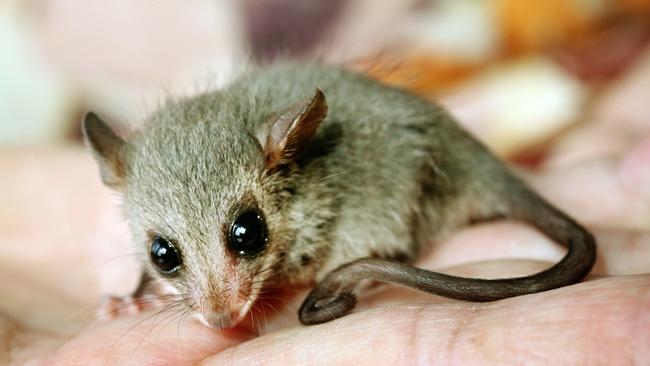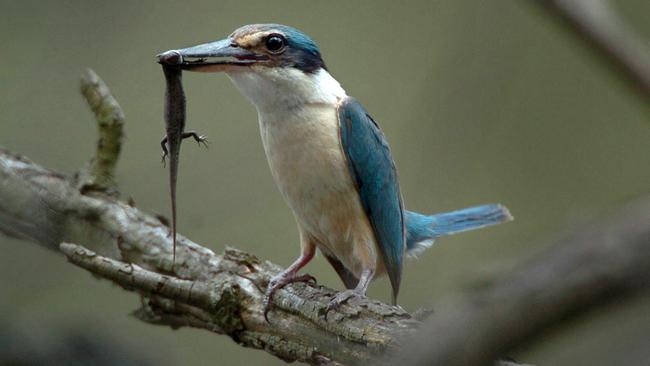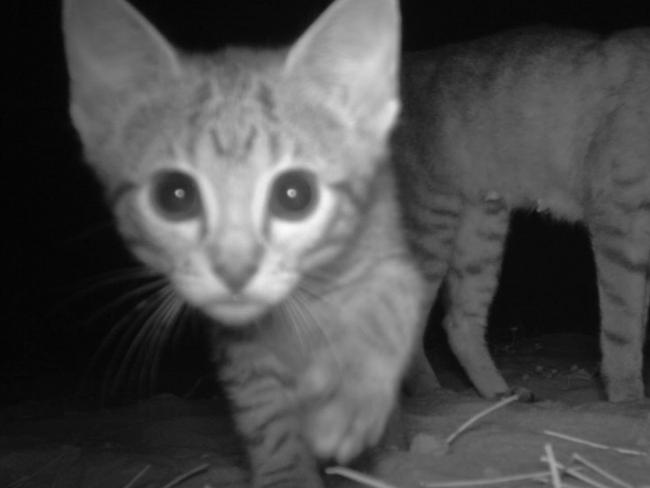Vulnerable species under threat from feral animals in Wombat Forest
FERAL animals are on the rise and hunting vulnerable species at night in the Wombat Forest.

North West
Don't miss out on the headlines from North West. Followed categories will be added to My News.
AN ENVIRONMENTAL project in Wombat Forest outside of Trentham is finding feral animals are on the rise.
Money from Hepburn Shire, Hepburn Wind and the Trentham Community Bank has supported the Wombat Forestcare project which has placed motion-sensor cameras near bait stations in the forest.
Feral and domesticated cats, foxes, deer and a variety of dogs have all been captured on the cameras over the past year.
Wombat Forestcare co-ordinator Gayle Osborne said the detections of feral animals was bad news for vulnerable species which included sacred kingfishers, sugar gliders and eastern pygmy possums.

“While we have found some threatened species of interest through this project, we have also found an alarming number of feral species hunting at night time,” she said.
“It has been documented in various studies that a feral cat kills between five and 30 animals a day.
“Given the amount of images we have captured with feral animals present, we would like to remind the community to keep pets locked up at night.”
Plenty of common wombats, mountain brushtail possums, bush rats, swamp wallabies and more than a dozen bird species have also been detected.

Project assistant Ivan Carter said the increasing detailed picture of forest could inform protection strategies.
“The projects were established to monitor animals and threatened species, but they also give us data on the invasive species,” he said.
“Feral cats and foxes kill millions of native animals every night across Australia and we hope the State Government can help us protect the fauna iconic to the Wombat State Forest.”


